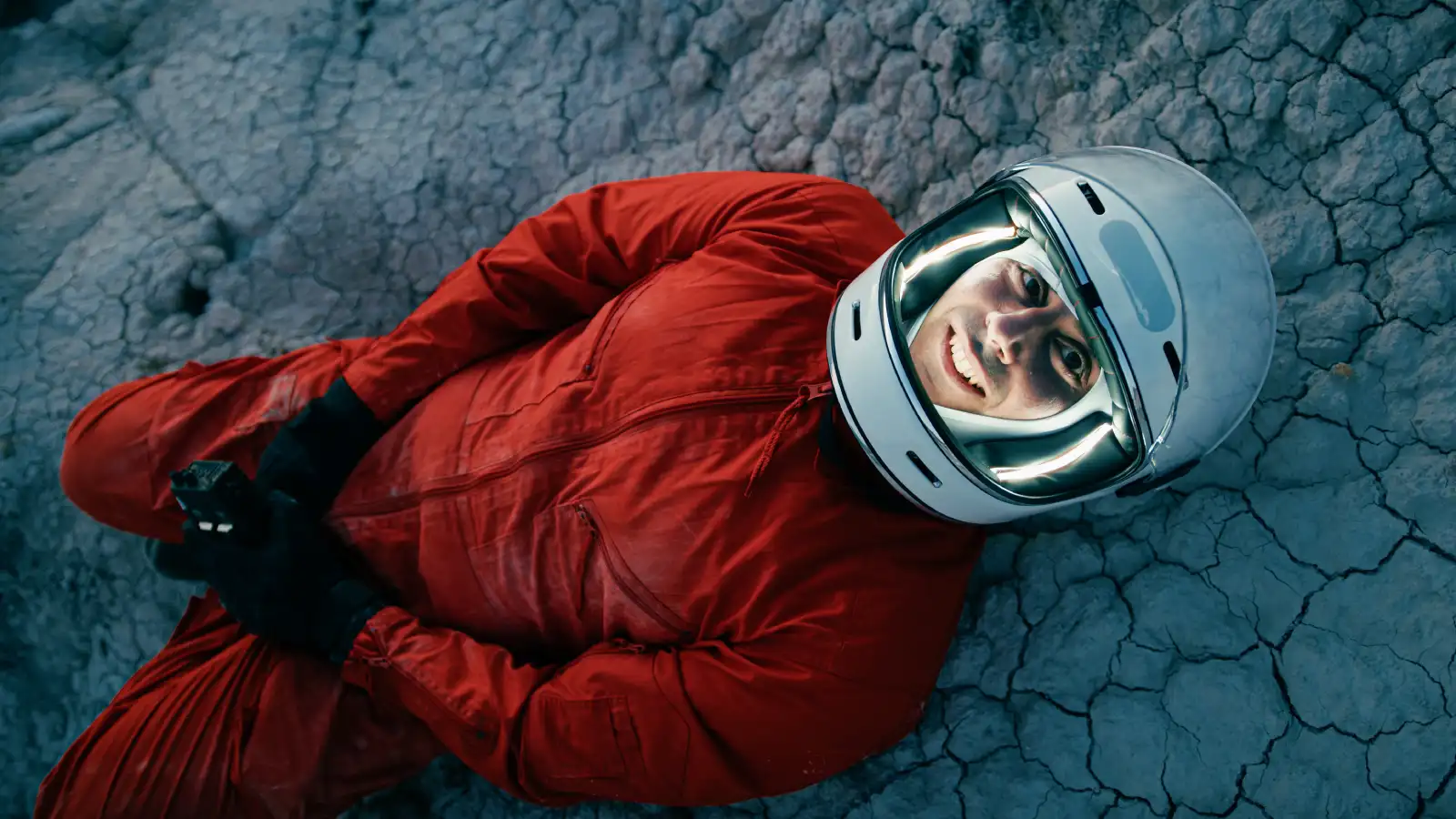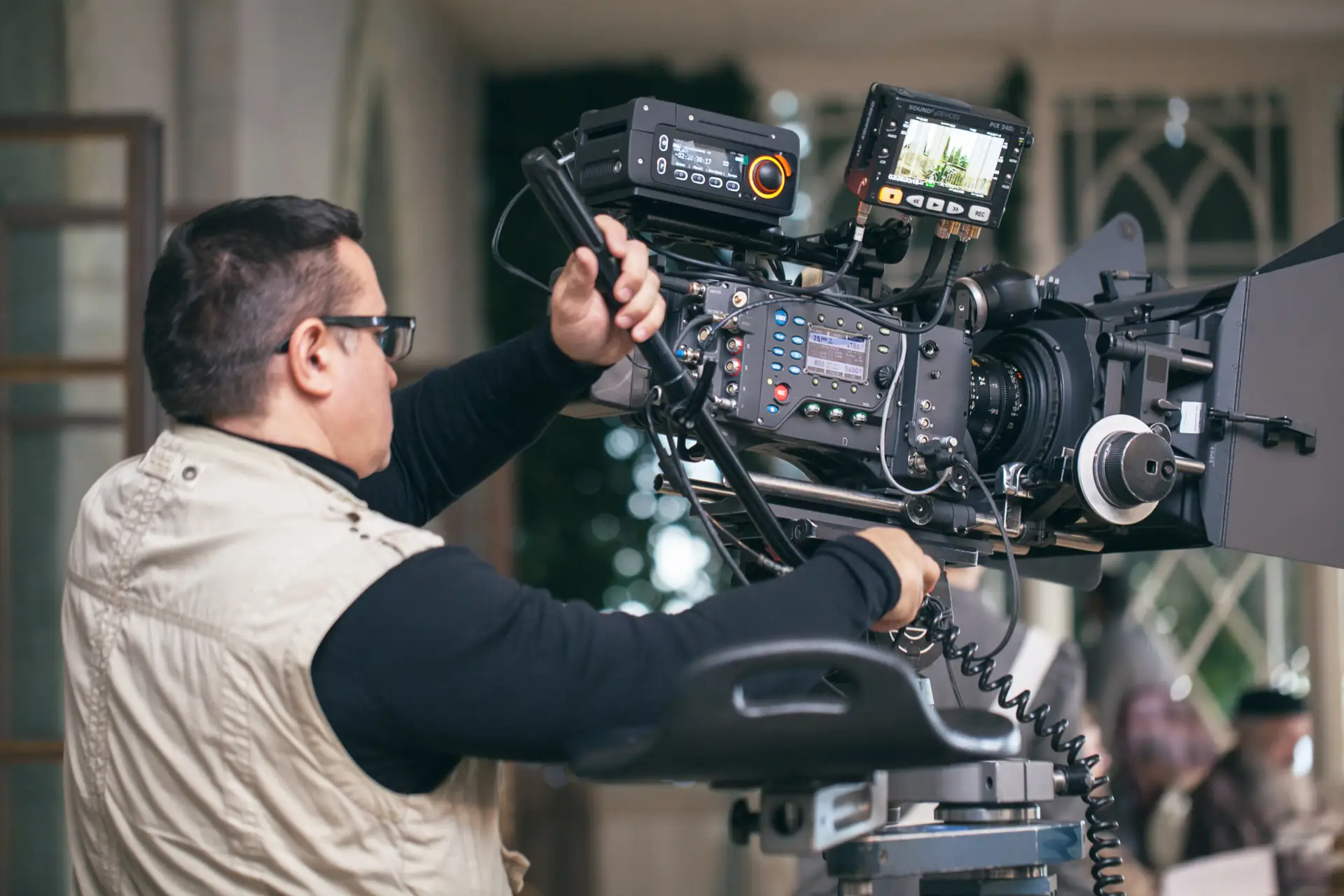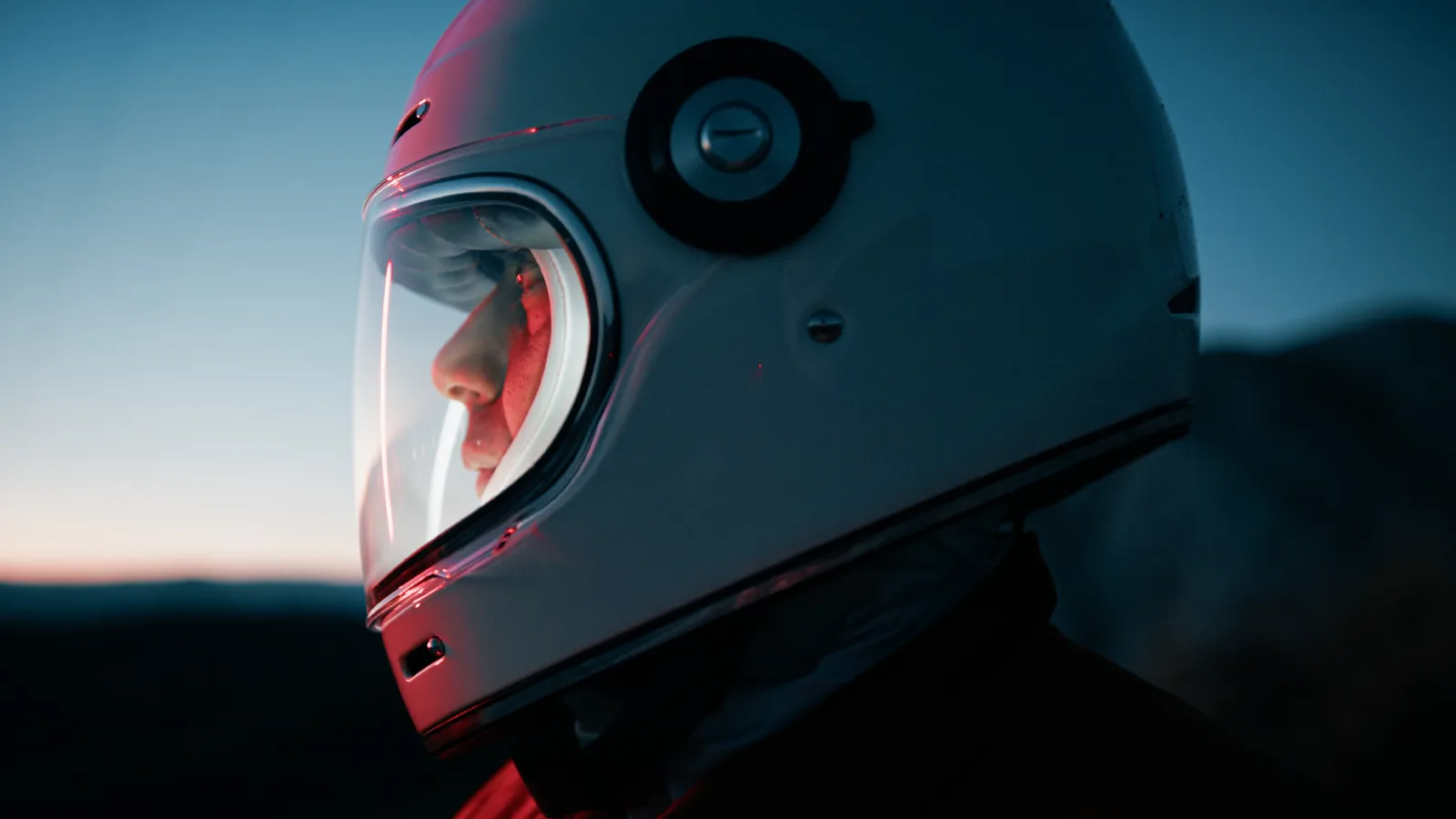Creating a powerful cinematic atmosphere isn’t just about what’s seen — it’s about what’s felt. Every element, from lighting to sound design, contributes to the emotional experience of a scene. At Cineframe, we believe atmosphere is the soul of storytelling, and it begins long before the camera rolls.
The Emotional Language of Lighting
Lighting is one of the first tools we use to shape mood. Soft, natural light can evoke warmth and nostalgia, while stark contrast and shadows create tension and mystery. We experiment early in pre-production to find the right lighting direction for each scene’s emotional beats.
Camera Movement and Composition
How the camera moves — or doesn’t move — affects how an audience engages. A static wide shot can create unease, while a slow dolly-in builds anticipation. Our directors and cinematographers plan every movement to complement the narrative rhythm.
Case Study: Building Tension in Beyond the Dust
In our recent film Beyond the Dust, we used desaturated tones, ambient rumble, and long shadows to create a sense of looming danger. This atmosphere wasn’t accidental — it was the result of meticulous planning across departments to support the narrative of isolation and suspense.
Why It Matters
Atmosphere is what stays with the audience long after the screen fades to black. It’s what makes a story feel real — or surreal — and invites viewers to feel, not just watch.
Whether you’re a filmmaker, creative, or enthusiast, understanding atmosphere is essential for crafting unforgettable visuals. Stay tuned as we continue to share insights and behind-the-scenes stories from the world of Cineframe.




